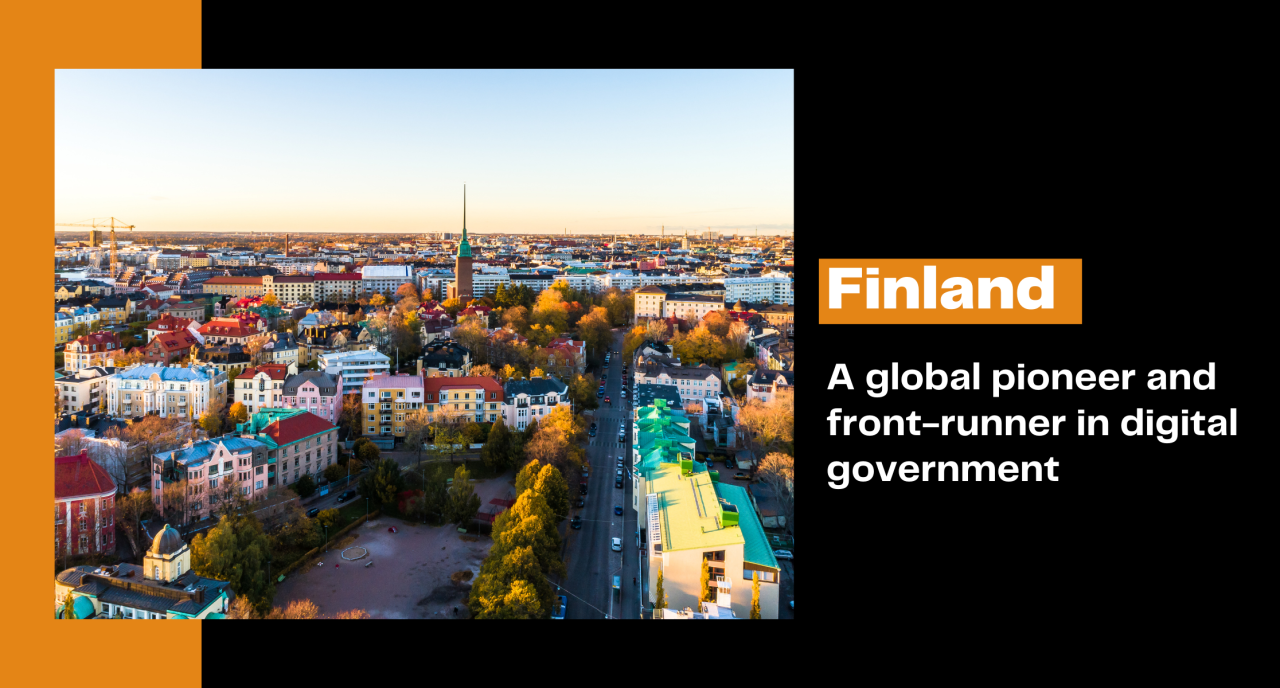The Kingdom of The Netherlands ranked in the 10th position in the 2020 UN E-Government Development Index(EGDI) out of the 193 UN Member States and was one of five European countries in the top 10.
The Netherlands average EGDIvalue reached high levels during two years, from 2018-2020, with a national development strategy incorporating Sustainable Development Goals objectives.
The first movement that initiated the beginning of digital public service in The Netherlands was in 1994. In that year, The National Action Programmeon Electronic Highways was released. Like every event, this too had an interaction phase where citizens could start contacting their councils over email. In the mid-90s, other phases were introduced, continuing with the phase of the transaction, which created an online environment that would be safe to use. During the final phase, ‘change’, the attention was put on creating a ‘new government’ that stimulates citizens to participate in the decision-making process and provides faster service.
In 1998 the Electronic Government Action Programme was launched by the Ministry of Interior and Kingdom Relations. To achieve a more efficient and effective electronic government, three themes were contributed, and each of them had its aims. These themes were created to improve the back-office of the national government and improve the service to the public. For this to be perfectly executed, nine principles were formulated. E-governance had to:
- be cost-effective
- be compatible with existing structures
- be privacy-respecting
- be Inter-departmental
- encourage the use of ICT
- be multi-channel
- allow collaboration with the private sector
- have a system of integrated financial responsibilities
Entering a new decade in the year 2000, a nationwide network of One-Stop-Shop Public Counters was launched to ‘replace’ the existing multitude of counters run by individual government agencies. Three dimensions drove this development:
- Client orientation: the new counters should address the particular demands of a specific target group
- Service integration: services by government agencies and different branches within agencies should be provided in one single task point, eliminating the need for citizens to go through a complex bureaucracy
- ICT applications: were developed in three stages, where the main aim was the project foresaw ’service delivery via the Electronic Highway’.
For these ideas to come to life, an inter-governmental committee was formed, and it consisted of representatives from key Ministries and the Association of Local Authorities. Responsible for creating awareness and support in the municipalities was a special programme ‘bureau’ elected at arm’s length of the Ministry of the Interior.
In 2001, as the biggest step, enterprises were introduced to modernise government on the municipal level and called “Super Pilots”. The Super Pilots programme, aimed towards the conclusion of ‘100 per cent electronic service delivery’ in each pilot, however, just after three years this programme ended even though it had made a lot of positive contributions.
From January 2002, the administration and maintenance of the VIND catalogue were transferred to a venture of two publishers of government information and a consultancy firm. Municipalities could subscribe to VIND for an amount that varied from 1600 to 4500 euro based on their sizes.
Three years later, a new system named DigiD was launched, and only in 2006, this system became mandatory when submitting tax forms electronically. DigiD is an identity management platform that different government agencies use to identify Dutch residents on the Internet. In July of 2017, the DigiD App was launched, and within two years, more than 340 million DigiD authentications were made.
Nowadays, The Netherlands is a global leader in information and communication technology (ICT) as a result of its digital agenda that operates in five areas:
- Education, knowledge and innovation
- Fast and open infrastructure
- Security and confidence
- Scope for enterprise
- The digitalisation of industry, healthcare, energy and mobility.
All things considered, the Netherlands has made improvements in the development and execution of its e-Government strategies, which are noticeable at all the rankings, but to stay in the top ten, it needs to continue innovating and make it easy for start-ups to be involved and play a greater role.
Sources
https://www.un.org/development/desa/publications/publication/2020-united-nations-e-government-survey




